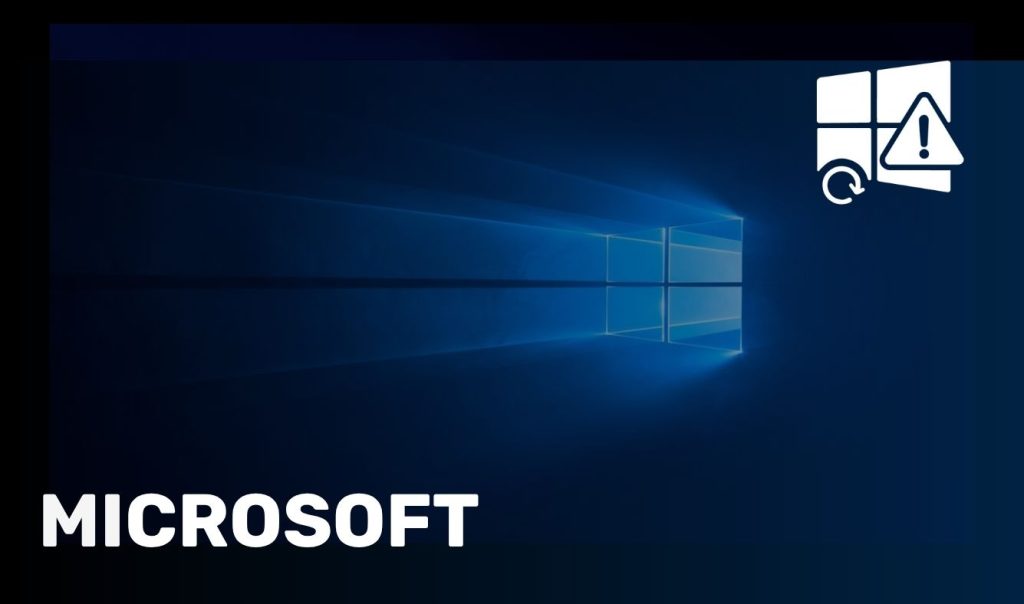As businesses accelerate their migration to the cloud, the threat landscape is expanding at an alarming pace. Cloud platforms offer scalability, flexibility, and efficiency, but they also create new risks—misconfigurations, insecure APIs, and inadequate identity controls are just a few.
To combat these risks, enterprises are turning to Cloud Penetration testing. Also called Cloud pen testing or Cloud Security testing, this practice simulates real-world cyberattacks on cloud environments to identify and fix vulnerabilities before attackers can exploit them.
In this article, we’ll cover the basics of Cloud penetration testing, how it works, what it includes, and why it’s vital for modern businesses.

What Is Cloud Penetration Testing?
Cloud penetration testing is a structured assessment that mimics cyberattacks to identify security gaps within a cloud environment. Unlike traditional penetration testing, which targets on-premises networks, cloud pen testing evaluates the security of cloud-hosted infrastructure, applications, and services.
It focuses on three main goals:
- Detect vulnerabilities that attackers could exploit.
- Validate cloud security controls to ensure they work as intended.
- Provide remediation guidance to close gaps and strengthen defenses.
Key aspects tested include:
- Cloud storage security (S3 buckets, Azure Blob Storage, etc.)
- Identity and Access Management (IAM) misconfigurations
- API security in SaaS and PaaS models
- Privilege escalation risks across accounts
- Serverless functions and containers
- Cloud networking and firewall rules
Why Cloud Penetration Testing Matters in 2025
- Rising Cybercrime Costs: Global cybercrime is projected to cost $10.5 trillion annually by 2025. Cloud assets are a prime target due to their central role in enterprise operations.
- Cloud Adoption Growth: By 2026, over 75% of organisations are expected to adopt a “cloud-first” strategy, according to Gartner.
- Regulatory Pressure: Compliance frameworks such as ISO 27001, GDPR, PCI DSS, HIPAA, and SOC 2 increasingly require proactive cloud security testing.
- Attack Trends: Misconfigured cloud environments are consistently cited as the cause of over 60% of cloud security breaches.
For enterprises, Cloud penetration testing services are no longer optional—they’re a fundamental part of cybersecurity strategy and risk management.
How Cloud Penetration Testing Works
The process of managing a cloud pen test involves several structured steps:
1. Define Scope and Objectives
Testing starts by defining what will be tested—cloud infrastructure, SaaS applications, storage services, or APIs—and aligning scope with the shared responsibility model. This model clarifies what the cloud provider secures (infrastructure) versus what the customer is responsible for (apps, data, and access).
2. Choose Testing Type
- Black Box Testing: No prior knowledge, simulating an external attacker.
- Grey Box Testing: Partial knowledge, representing an insider or compromised user.
- White Box Testing: Full visibility into cloud architecture for deep analysis.
3. Reconnaissance and Discovery
Security testers gather intelligence on cloud assets, configurations, and exposed endpoints to build an attack map.
4. Exploitation
Simulated attacks attempt to exploit misconfigurations, weak credentials, open ports, vulnerable APIs, or privilege escalation paths.
5. Reporting and Remediation
A detailed report highlights discovered vulnerabilities, potential impact, and step-by-step remediation strategies.
6. Re-Testing and Continuous Monitoring
Once fixes are applied, re-testing validates that vulnerabilities have been successfully patched. Continuous monitoring is recommended for evolving threats.
Common Vulnerabilities Found in Cloud Pen Testing
Cloud penetration tests often reveal weaknesses such as:
- Exposed storage containers (e.g., public Amazon S3 bucket.
- Weak IAM policies allowing excessive permissions.
- Unsecured APIs vulnerable to injection attacks.
- Unpatched virtual machines or containers.
- Misconfigured firewalls and security groups.
- Weak encryption settings for data at rest and in transit
Benefits of Cloud Penetration Testing
- Proactive Risk Management – Identifies and addresses vulnerabilities before attackers exploit them.
- Compliance Readiness – Ensures adherence to regulatory frameworks like ISO 27001, GDPR, PCI DSS, and HIPAA.
- Stronger Incident Response – Provides real-world insights into how an attack would unfold, helping teams improve detection and remediation times.
- Improved Cloud Architecture – Validates the effectiveness of existing structured cloud security controls.
- Increased Stakeholder Confidence – Demonstrates to clients, partners, and regulators that your cloud environment is secure.
Best Practices for Cloud Penetration Testing
- Align with Compliance Frameworks: Ensure testing follows standards like NIST, OWASP, OSSTMM, and PTES.
- Test Regularly: Conduct cloud penetration tests at least annually or after major infrastructure changes.
- Focus on Shared Responsibility: Understand what falls under your team’s responsibility (IAM, applications, data) versus the cloud provider’s role (infrastructure).
- Include Human-in-the-Loop: Automation is valuable, but human expertise is critical for simulating advanced, targeted attacks.
- Integrate with DevSecOps: Include penetration testing in your CI/CD pipeline to catch vulnerabilities before deployment.
- Document and Remediate: Testing is only effective if vulnerabilities are addressed and fixes validated.
Future of Cloud Penetration Testing
As threats evolve, so will cloud security testing:
- AI-Powered Testing: Automated pen tests enhanced by AI to detect patterns and anomalies.
- Continuous PTaaS (Penetration Testing as a Service): Ongoing assessments replacing point-in-time tests.
- Cloud-Native Attack Simulation: Testing tailored for Kubernetes, serverless apps, and containerized workloads.
- Quantum-Resilient Testing: Preparing for post-quantum cryptography challenges.
Final Thoughts
Cloud penetration testing is one of the most effective ways to safeguard your digital assets in today’s cloud-first world. It identifies vulnerabilities across configurations, APIs, and IAM, ensuring your cloud infrastructure is resilient, compliant, and secure.
In a landscape where cloud breaches can result in millions in losses and reputational damage, investing in professional cloud penetration testing services is an essential step toward business continuity and digital trust.
Contact Creative Networks Today
At Creative Networks, we specialize in cloud penetration testing services designed for enterprises of all sizes. Our experts follow globally recognized standards to deliver actionable insights, reduce risks, and strengthen your cloud security posture.
Contact Creative Networks today to schedule your cloud penetration test and ensure your business is secure, compliant, and future-ready.




